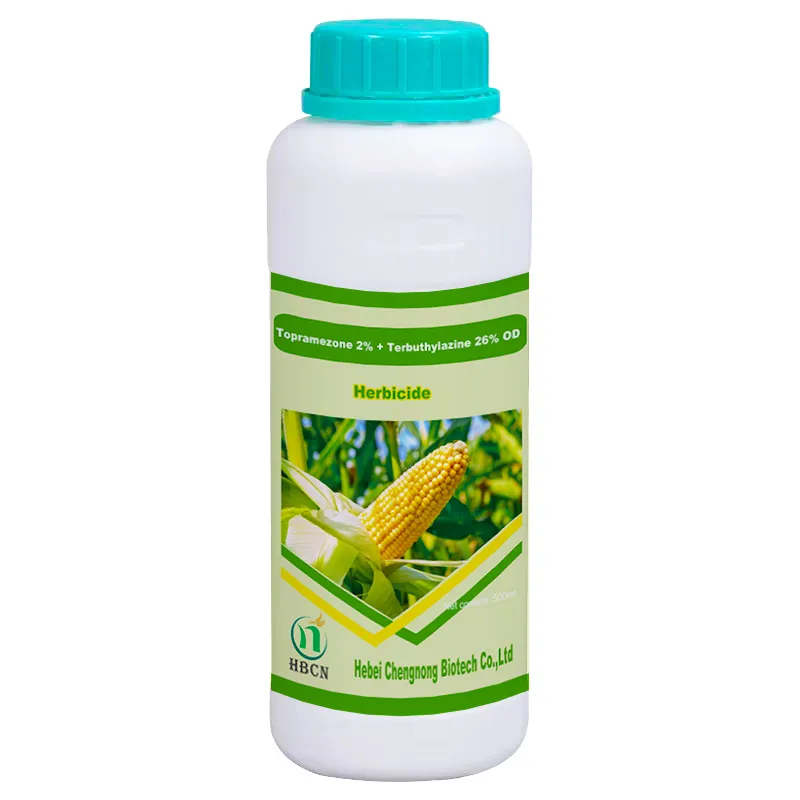
Ogo . 08, 2024 05:55 Back to list
Benefits and Applications of Imidacloprid as a Systemic Insecticide in Agriculture
The Role of Systemic Insecticides A Focus on Imidacloprid
In the realm of agriculture and pest management, systemic insecticides have significantly transformed the way we protect crops from insect infestations. Among these, imidacloprid stands out as one of the most widely used and studied compounds. This article delves into the mechanisms, benefits, and concerns surrounding imidacloprid, a neonicotinoid insecticide designed to combat various pests effectively.
Understanding Systemic Insecticides
Systemic insecticides are compounds that are absorbed and translocated through a plant's vascular system. When applied to the soil or foliage, these chemicals permeate the plant's tissues, making it toxic to insects that feed on the plant. This mode of action is particularly effective against sap-sucking insects such as aphids, whiteflies, and certain beetle larvae. Their effectiveness hinges on their ability to target specific neural pathways in insects, thus providing a potent means of pest control while minimizing harm to beneficial organisms.
Imidacloprid Mechanism and Application
Imidacloprid operates by mimicking the action of nicotine, binding to nicotinic acetylcholine receptors in the insect's nervous system. This binding disrupts the normal transmission of nerve impulses, leading to paralysis and ultimately death in the target pests. Its potency and systemic nature make imidacloprid an attractive option for farmers who seek durable protection against insects.
The application methods for imidacloprid are varied. It can be applied as a soil drench, seed treatment, or foliar spray, allowing for flexibility based on the specific needs of the crop and the pest infestation level. This adaptability has contributed to its widespread use in a multitude of crops, including vegetables, fruits, and ornamentals.
Benefits of Imidacloprid
systemic insecticide with imidacloprid quotes

The primary advantage of using systemic insecticides like imidacloprid is their long-lasting efficacy. Once administered, the compound can remain active within the plant for extended periods, providing ongoing protection even after a single application. This long residual activity reduces the frequency of applications, which can save farmers time and money.
Additionally, imidacloprid's selective toxicity is beneficial in maintaining ecological balance. It tends to be less harmful to mammals, birds, and beneficial insects when used appropriately. This selectivity makes it a crucial tool in integrated pest management (IPM) strategies, where the aim is to minimize chemical use while effectively managing pest populations.
Concerns and Controversies
Despite its effectiveness, imidacloprid has been at the center of controversy, particularly concerning its impact on non-target species, especially pollinators such as bees. Studies have linked neonicotinoids to declines in bee populations, raising alarm among environmentalists and urging regulatory bodies to reconsider their use.
Furthermore, there are concerns regarding the potential for imidacloprid to contribute to pest resistance. Overreliance on any single insecticide can lead to the development of resistance in target populations, prompting the need for alternative strategies and products.
Conclusion
Imidacloprid remains a powerful tool in the arsenal of agricultural pest management, offering both efficacy and flexibility. However, with these benefits come responsibilities. The agricultural community must navigate the delicate balance between effective pest control and environmental stewardship. Ongoing research and dialogue concerning the use of systemic insecticides are vital to ensure that we can continue to produce food sustainably while maintaining the health of ecosystems worldwide. As we advance in our understanding of these products, it will be crucial to promote practices that safeguard both agricultural productivity and biodiversity.
-
Eraze Herbicide Fast-Acting Mesotrione Weed Control 8oz Formula
NewsMay.16,2025
-
Atrazine & Simazine Herbicides Effective Weed Control Solutions
NewsMay.16,2025
-
Thiomyl Fungicide for Citrus Trees Effective Disease Control & Protection
NewsMay.15,2025
-
Lorsban Insecticide Chlorpyrifos Pest Control for Crops & Agriculture
NewsMay.15,2025
-
Malathion 95 Spray for Aphids - Fast-Acting & Long-Lasting Insecticide
NewsMay.14,2025
-
Effective Omethoate Products & Pesticides Reliable Insect Control
NewsMay.14,2025
